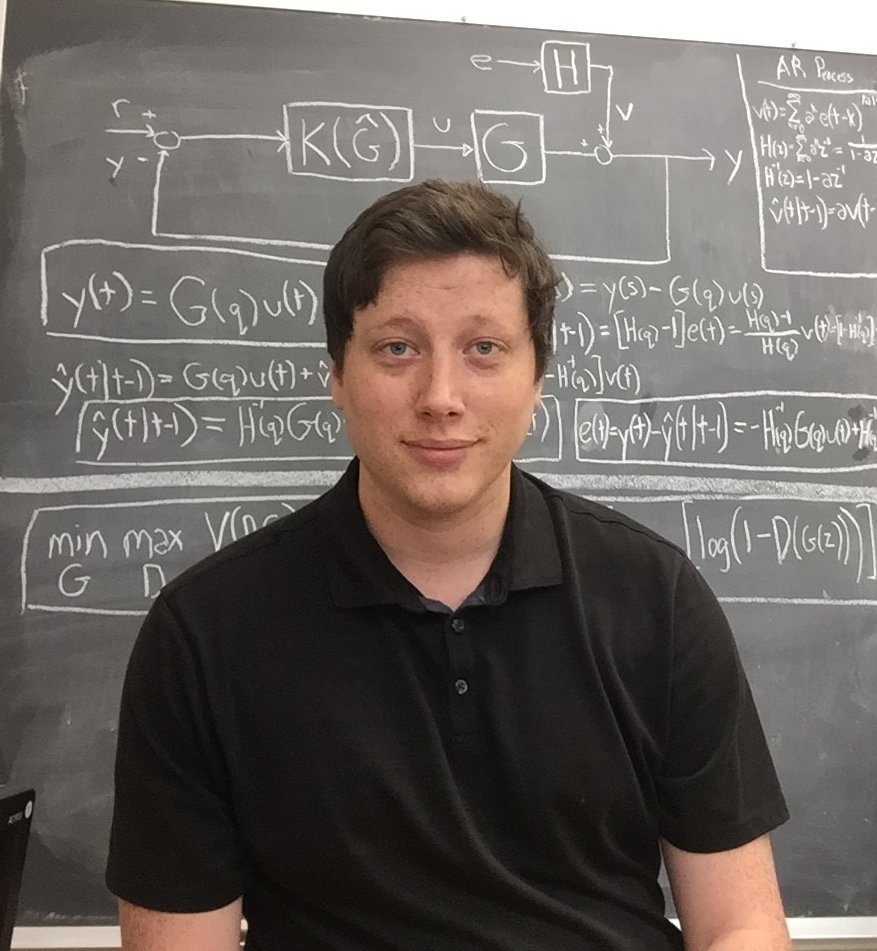Noncausal modeling and closed-loop optimal input design for cross-directional processes of paper machines
Published in American Control Conference (ACC) Seattle, IEEE, 2017
Recommended citation: Lu, Q.,Rippon, L. D., Gopaluni, R. B., Forbes, M. G., Loewen, P. D., Backström, J., & Dumont, G. A. (2017). "Noncausal modeling and closed-loop optimal input design for cross-directional processes of paper machines." American Control Conference (ACC). (pp. 2837-2842). IEEE. https://ieeexplore.ieee.org/abstract/document/7963381
Abstract
We propose to use noncausal transfer functions to model the spatial behavior of cross-directional (CD) processes so as to circumvent the high-dimensionality of a causal transfer function. This noncausal representation is shown to have a causal-equivalent form. We prove that the covariance of maximum likelihood estimate of the causal-equivalent model asymptotically converges to that of the noncausal model. This result is then used to design optimal inputs in closed-loop for the original noncausal model of the CD process. An illustrative example is provided to highlight the advantage of using optimally designed excitation signal for CD closed-loop identification over white noise excitation or the current industrial practice of spatial bump excitation.
Recommended citation: Lu, Q.,Rippon, L. D., Gopaluni, R. B., Forbes, M. G., Loewen, P. D., Backström, J., & Dumont, G. A. (2017). “Noncausal modeling and closed-loop optimal input design for cross-directional processes of paper machines.” American Control Conference (ACC). (pp. 2837-2842). IEEE.
